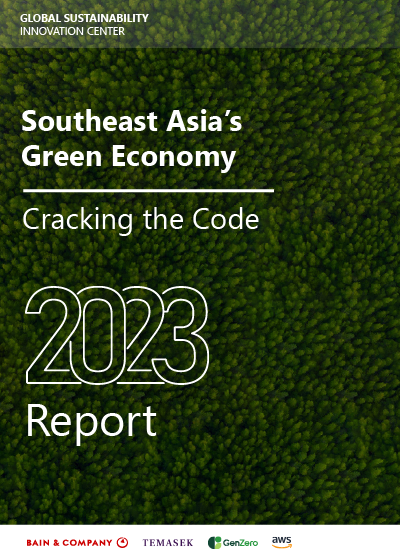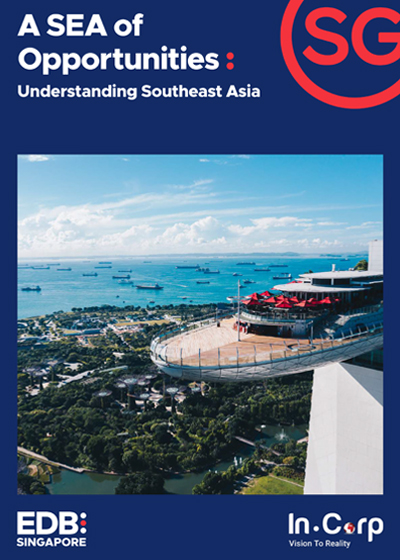The Republic will soon be able to further decarbonise its power supply by incorporating energy sources such as green ammonia and hydrogen.
From 2026, town gas in residential and commercial pipelines in Singapore – currently a mix of hydrogen and methane – could include a percentage of green hydrogen.
Alongside other heavy industries, the country’s shipping industry can also use green ammonia as fuel, which could give it a boost in meeting the International Maritime Organisation’s 2030 decarbonisation targets.
Green ammonia, which becomes liquid at minus 33 degrees Celsius, and green hydrogen gas are produced using electrolysers, which split water molecules into hydrogen and oxygen using electricity.
Some supplies of these green gases – which do not emit carbon dioxide when used – will come from a three-way partnership between Singapore’s sovereign wealth fund GIC, Malaysian oil company Petronas’ renewable energy arm Gentari, and AM Green, which produces green ammonia and green hydrogen.
With the partnership, AM Green aims to export the clean energy from India to markets such as Singapore, Japan, and South Korea by 2026, and produce up to around one million tonnes of green hydrogen a year by 2030.
AM Green is a wholly owned subsidiary of Greenko Energy Holdings, which was founded in India in 2006 with the aim of replacing fossil fuels with sustainable and affordable energy.









